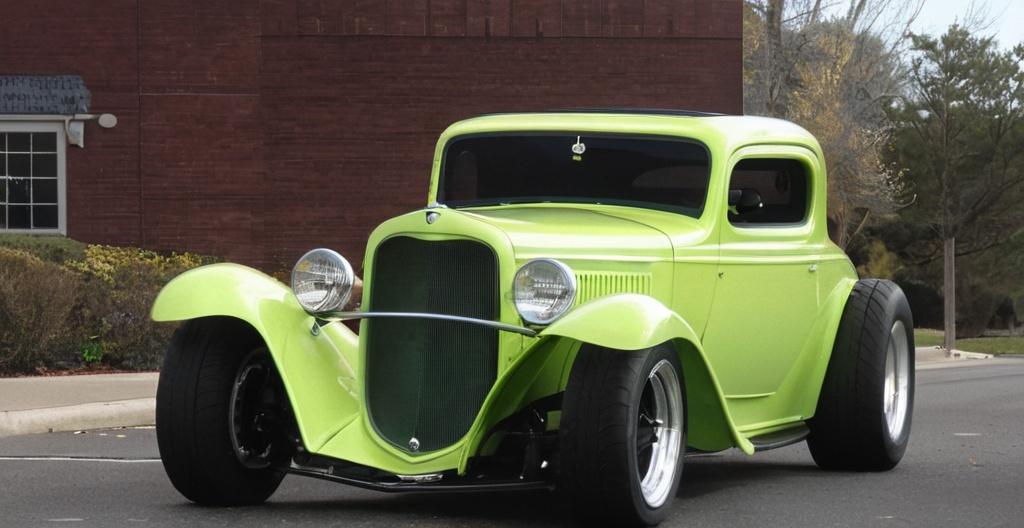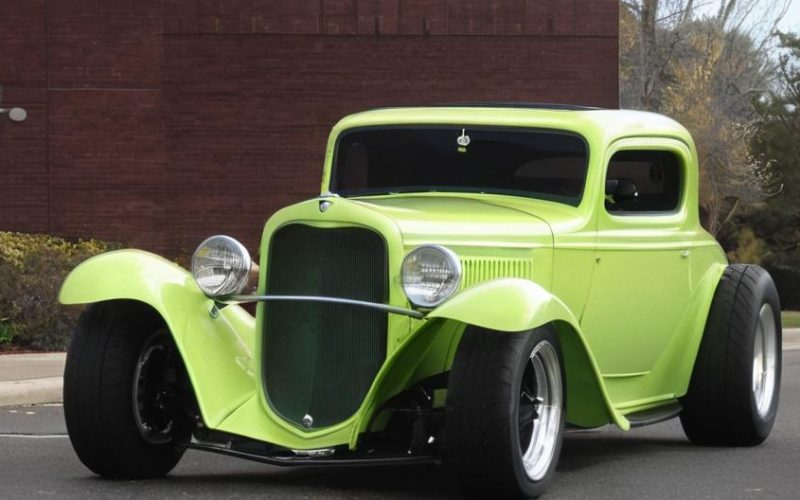Key Take Aways About Engine Detailing for Show-Ready Street Rods
- Gather essential supplies: brushes, degreasers, and microfiber towels.
- Ensure the engine is cool before degreasing.
- Spray degreaser liberally, avoiding electrical components.
- Use a garden hose for rinsing, not high-pressure washers.
- Polish metal surfaces; use UV protectant on plastic parts.
- Focus on details: hoses, wiring, and corners.
- Regular maintenance can help prevent major repairs and maintain shine.

Engine Detailing Basics
So, you’re planning to give that street rod of yours the kind of under-the-hood shine that’ll make it the center of attention, huh? Well, polishing that engine compartment takes more than just a quick wipe-down. Detailing an engine for show isn’t just about making it clean; it’s about making it sparkle like a well-set gem. You’ll need some elbow grease, the right products, and a fair bit of know-how.
First off, you need to gather up some essential supplies: various brushes, degreasers, and microfiber towels should do the trick. A good degreaser is your best friend, cutting through the grime that’s likely built up over countless hours on the road. And while we’re at it, a selection of brushes, from small detailing ones to larger, more robust options, will help you tackle the nitty-gritty spots. Don’t underestimate the power of a good microfiber towel—they’re like the magic carpet of the detailing world, swooping up dirt and leaving no residue.
Getting Started with Degreasing
Now, let’s roll up those sleeves. Before letting loose with the hose, make sure your engine’s cool. Nothing says “bad day” like burnt fingers or cracked engine parts. Spray on your chosen degreaser liberally, but be mindful of electrical components. Hitting those with too much liquid can lead to issues later on. Let the degreaser sit and work its magic, maybe even hum a little tune while you wait.
When it’s time to rinse, a standard garden hose works just fine. High-pressure washers? Save those for the driveway—they’re a bit too aggressive for this job. Gently wash away the built-up grime, making sure not to drown any sensitive components.
Polishing and Protecting
Once cleaned, it’s time to let that engine shine. Polish metal surfaces like the valve covers, air filters, and any other metal parts you fancy keeping shiny. A metal polish and a little elbow grease will have them gleaming like the day they rolled off the assembly line. Plastic components? A UV protectant not only gives them a nice sheen but also helps fend off future sun damage.
Attention to Detail
A good detailer goes beyond the basics. Look for spots that might collect grime or not stand out on the first pass. Pay special attention to hoses, wiring, and those oft-neglected corners. Using a small brush, scrub these areas gently. It’s the attention to these details that’ll make your engine stand out at those car shows.
Wrap-Up and Maintenance
Once your engine is looking its best, maintaining that shine is a breeze. Regular quick wipe-downs and routine checks will save you from having to start from scratch each time. Plus, a tidy engine isn’t just about looks; it can help you spot leaks or other issues before they turn into costly repairs.
And there you have it—your engine’s ready to grab some attention without grabbing the wrong kind of attention. With a bit of elbow grease and some attention to the little things, you can keep your engine looking show-ready and road-worthy.
